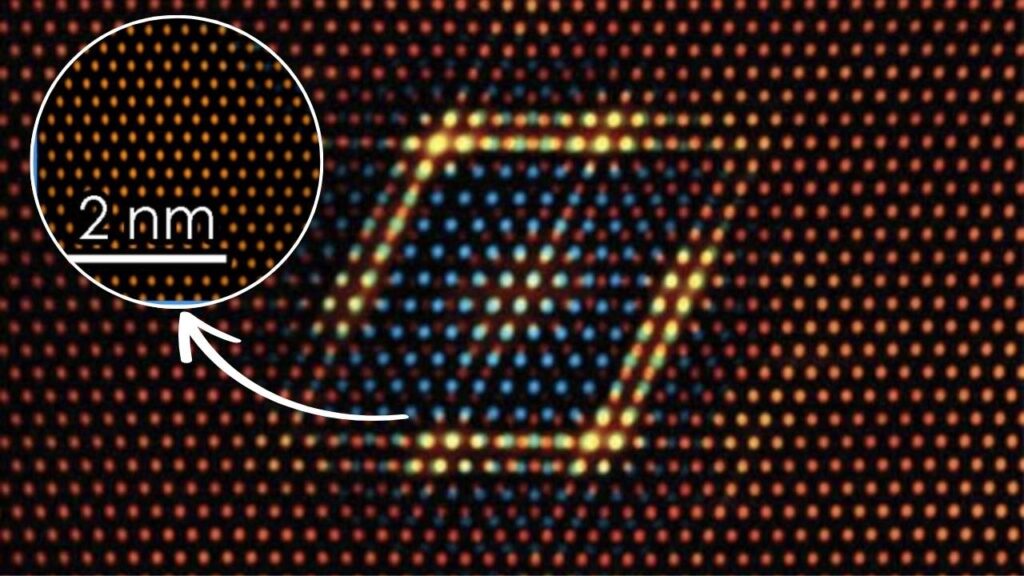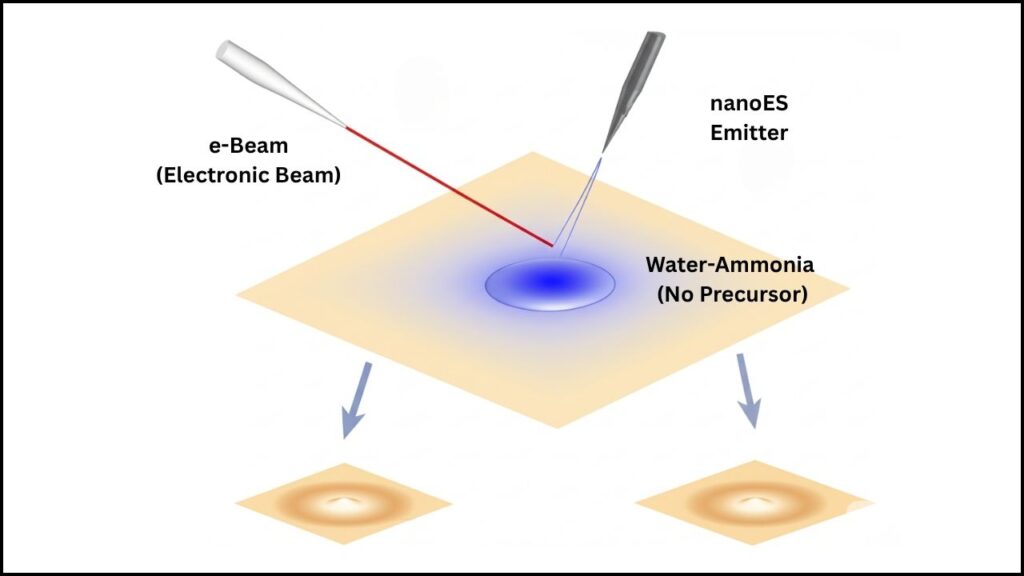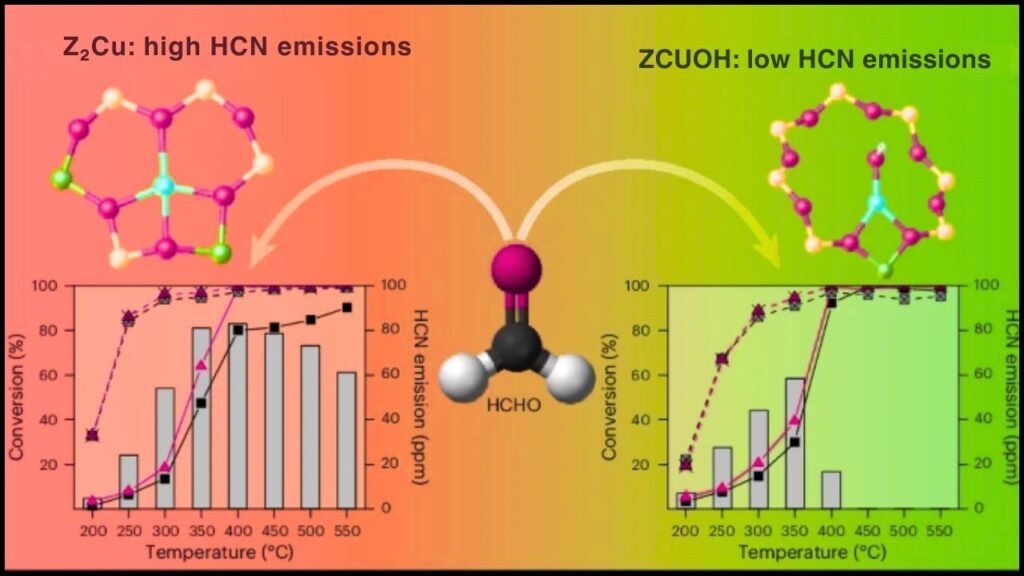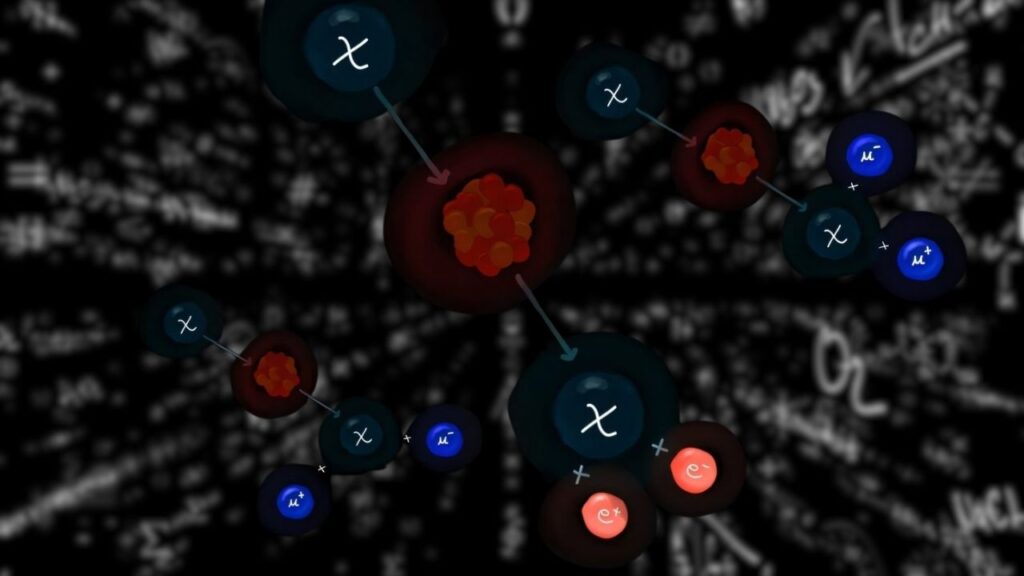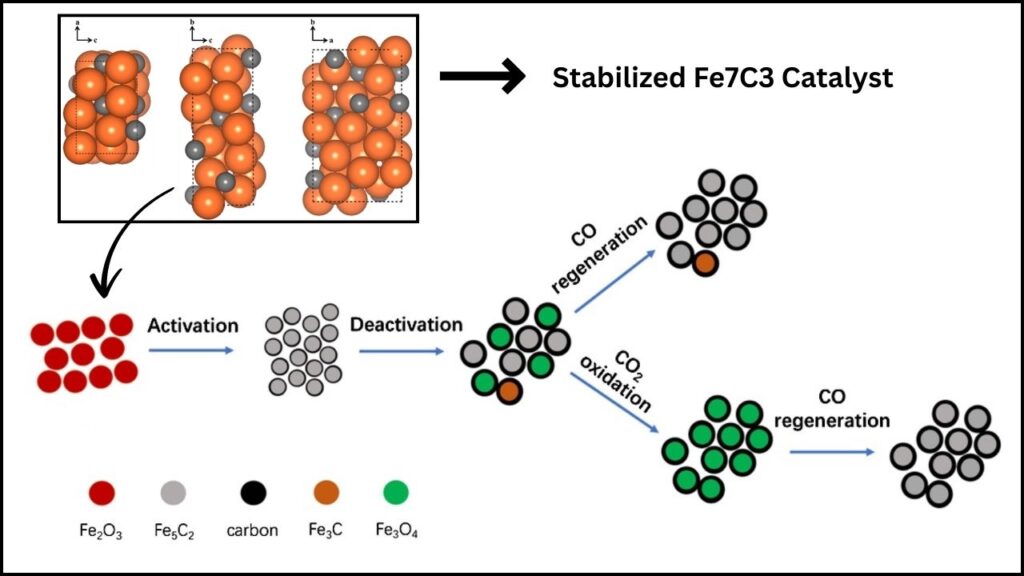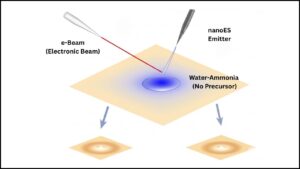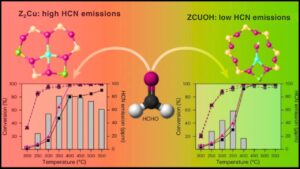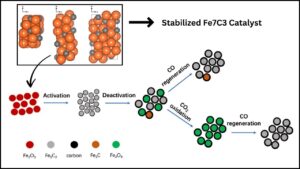AI Discovers New Paint Formula That Helps Buildings Stay Cooler Naturally—this headline is capturing global attention, and for good reason. As climate change intensifies and summers become hotter, the need for innovative and sustainable cooling solutions has never been greater. Now, thanks to advances in artificial intelligence, scientists have developed a remarkable paint that can keep buildings significantly cooler, reduce energy consumption, and help cities adapt to extreme heat.
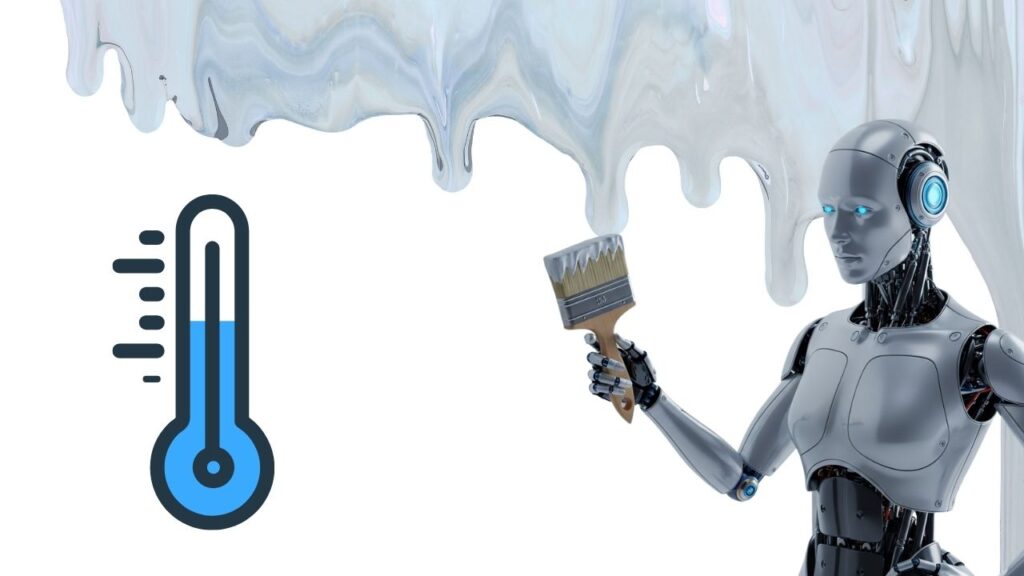
This article explores how this AI-driven breakthrough works, why it matters, and what it means for homeowners, businesses, architects, and city planners. Whether you’re a student, a professional, or simply someone concerned about rising temperatures, you’ll find valuable, easy-to-understand information here.
Table of Contents
AI Discovers New Paint Formula That Helps Buildings Stay Cooler Naturally
| Feature/Stat | Details |
|---|---|
| Surface Temperature Reduction | 5°C to 20°C cooler than standard paint |
| Sunlight Reflectivity | Up to 97.9% |
| Annual Energy Savings (per building) | ~15,800 kWh (in hot climates, for a mid-sized building) |
| Potential Global Impact | Could reduce global cooling energy use by up to 7% |
| Who Developed It? | Teams from University of Texas, Stanford, Shanghai Jiao Tong, NUS, Umeå University |
| Official Resource | Nature Journal |
The AI-discovered paint formula is a remarkable example of how artificial intelligence and materials science can work together to solve real-world problems. By reflecting nearly all sunlight and efficiently releasing heat, this paint offers a powerful, sustainable solution to the challenges of rising temperatures and energy consumption. Whether you are a homeowner, architect, city planner, or simply someone looking for ways to stay cool, this innovation has the potential to make a significant difference in your life and community.
Why Do We Need Cooler Buildings?
Urban areas are experiencing record-breaking heat, with cities often several degrees hotter than surrounding rural areas. This phenomenon, known as the “urban heat island” effect, occurs because materials like asphalt, concrete, and traditional roofing absorb and retain heat from the sun. As a result:
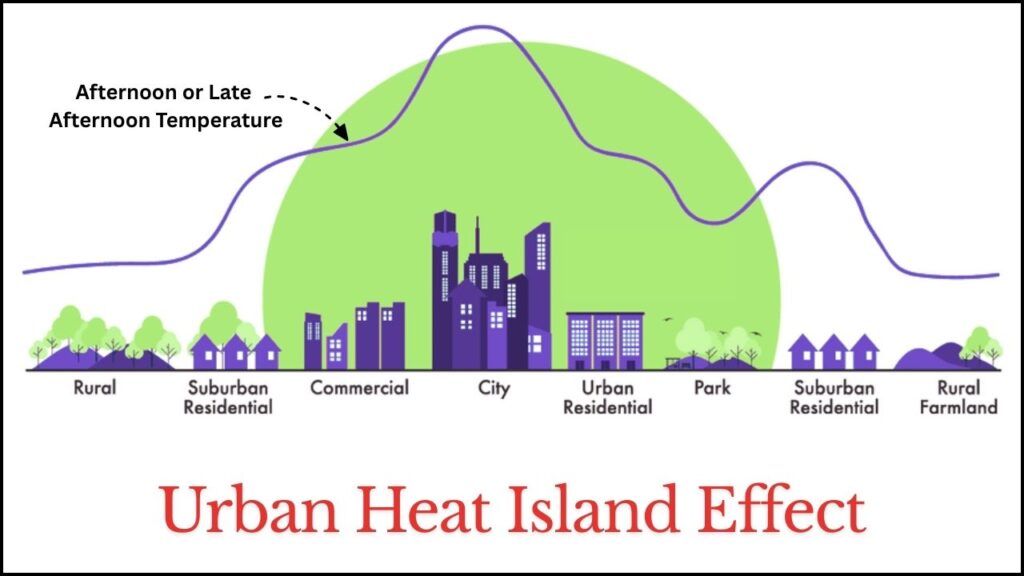
- Electricity bills soar as people rely more on air conditioning.
- Power grids are strained during heatwaves, sometimes leading to blackouts.
- Greenhouse gas emissions rise due to increased energy use.
- Health risks increase for children, the elderly, and those with medical conditions.
Traditional cooling methods, such as air conditioning, are effective but energy-intensive and costly. They also contribute to greenhouse gas emissions, creating a cycle that worsens global warming. The need for passive, sustainable cooling solutions is urgent.
How Did AI Discover This New Paint Formula?
The creation of this innovative paint is a testament to the power of artificial intelligence in modern science. Here’s how the process unfolded:
1. Data Collection and Analysis
Researchers collected vast amounts of data on thousands of chemical compounds, minerals, and polymers known for their reflective and heat-emitting properties. This data included information on how each material interacts with sunlight, heat, and environmental factors.
2. Machine Learning Modeling
Using advanced machine learning algorithms, the AI system analyzed the data to predict which combinations of materials would be most effective at reflecting sunlight and emitting heat. The AI rapidly simulated the performance of countless formulas—work that would have taken human researchers years to complete.
3. Optimization and Selection
The AI identified the most promising formulas, optimizing for factors such as durability, cost, ease of application, and environmental safety. Researchers then selected the top candidates for further testing.
4. Laboratory and Real-World Testing
The selected formulas were produced and tested in laboratories and on actual building surfaces. The results confirmed that the AI-optimized paint could keep surfaces dramatically cooler than standard paints.
This process highlights how AI can accelerate scientific discovery, enabling breakthroughs that address real-world challenges.
What Makes This Paint So Special?
This new paint stands out due to its unique combination of properties, which have been fine-tuned using AI:
Exceptional Sunlight Reflectivity
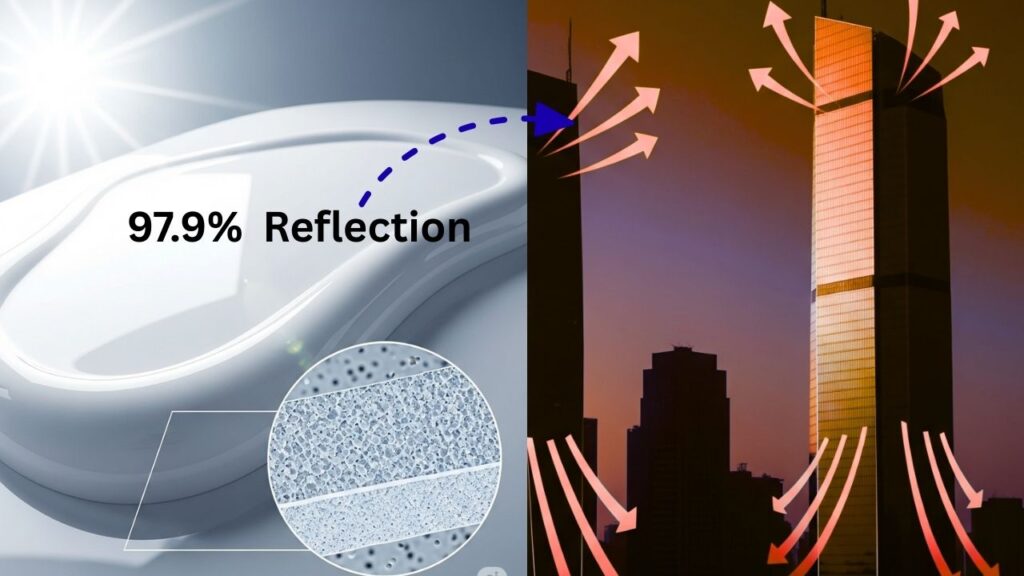
The paint reflects up to 97.9% of sunlight, far surpassing the capabilities of conventional white paints or reflective coatings. This means that almost all the sun’s energy is bounced away before it can heat up the building.
Efficient Infrared Emission
Beyond just reflecting sunlight, the paint is engineered at the molecular level to emit infrared radiation. This allows it to release heat into the atmosphere, rather than trapping it on the building’s surface.
Significant Temperature Reduction
Buildings coated with this paint have been shown to remain 5°C to 20°C cooler than those with standard paint, even during peak sunlight hours. This temperature difference can be the deciding factor between comfort and discomfort, or even safety and danger, during extreme heat events.
Energy and Cost Savings
A mid-sized apartment building in a hot urban area can save approximately 15,800 kilowatt-hours of electricity per year by reducing the need for air conditioning. Over time, these savings can offset the initial cost of the paint and provide ongoing financial benefits.
Versatility and Application
The paint can be applied to a wide range of surfaces, including:
- Rooftops and exterior walls of homes and commercial buildings
- Roads, pavements, and parking lots
- Vehicles, trains, and buses
- Outdoor equipment and infrastructure
This versatility means the paint can play a role in cooling entire neighborhoods and cities, not just individual buildings.
How Does the Paint Work? (A Simple Guide)
Understanding the science behind the paint is easier than you might think. Here’s a step-by-step breakdown:
Step 1: Sunlight Strikes the Surface
When sunlight hits a building, traditional paints absorb much of the energy, turning it into heat. The new AI-created paint, however, reflects almost all of the sunlight, preventing most of the energy from being absorbed.
Step 2: Heat Is Released
The paint’s special composition allows it to emit infrared radiation. This means that any heat that does get through is quickly released back into the atmosphere, rather than being trapped.
Step 3: Surface Temperature Drops
With less heat absorbed and more heat released, the surface temperature of the building drops significantly.
Step 4: Indoor Temperatures Stay Lower
Cooler exterior surfaces lead to cooler interiors. This reduces the need for air conditioning, saving energy and money.
Real-World Impact: Practical Examples and Case Studies
Urban Apartment Blocks
In hot cities, such as those in Southeast Asia and South America, apartment buildings coated with the new paint have reported annual energy savings of up to 15,800 kilowatt-hours. This is enough to power dozens of homes for a year.
Citywide Applications
If the paint were applied to 1,000 buildings in a city, the combined energy savings could power thousands of air conditioners, significantly reducing the city’s overall energy demand during heatwaves.
Beyond Buildings
The paint’s effectiveness is not limited to buildings. When used on buses, trains, and even outdoor machinery, it helps reduce operational temperatures, prolong equipment life, and improve comfort for passengers and workers.
Advantages for Different Users
For Homeowners
- Lower Cooling Costs: Applying the paint to your roof or exterior walls can reduce your reliance on air conditioning, leading to lower electricity bills.
- Easy Application: The paint can be applied using standard brushes or rollers, just like regular paint.
- Long-Term Value: While the initial cost may be higher, the energy savings can pay for the investment within a few years.
For Building Managers and Architects
- Sustainable Design: Incorporate the paint into new construction or renovations to meet green building standards and certifications.
- Urban Planning: Use the paint on public infrastructure to help cool entire neighborhoods and reduce the urban heat island effect.
- Compliance: Many cities are introducing incentives or regulations for energy-efficient building materials. This paint can help meet those requirements.
For City Planners and Policymakers
- Heat Mitigation: Encourage or require the use of reflective paints in urban areas to combat rising temperatures.
- Public Health: Lower city temperatures can reduce heat-related illnesses and deaths during heatwaves.
- Climate Action: Reducing energy use for cooling helps cities meet their climate goals and reduce greenhouse gas emissions.
AI Meets Materials Science: How Machine Learning Is Accelerating Scientific Discovery
FAQs About AI Discovers New Paint Formula That Helps Buildings Stay Cooler Naturally
Q: How is this paint different from regular white paint?
A: While white paint reflects some sunlight, the AI-developed formula is engineered to reflect nearly all sunlight and efficiently emit heat, making it much more effective at cooling.
Q: Is the paint available for purchase now?
A: As of mid-2025, the paint is not yet widely available in retail stores. Researchers are working to scale up production and make it accessible to the public.
Q: Will the paint work in all climates?
A: The paint is most effective in hot, sunny climates. Its performance may vary depending on local weather, building design, and how it is applied.
Q: Is it safe for the environment?
A: The formula is designed to be environmentally friendly, reducing the need for energy-intensive air conditioning and lowering carbon emissions.
Q: Can it be used on older buildings?
A: Yes, the paint can be applied to both new and existing buildings, as well as other surfaces like vehicles and equipment.
Q: How long does the paint last?
A: Laboratory and field tests are ongoing, but early results suggest the paint is durable and can withstand several years of exposure to sun, rain, and pollution.
Challenges and Future Outlook
While the potential of this AI-discovered paint is enormous, several challenges remain:
- Scaling Production: Some of the materials used are not yet produced in large quantities, which could affect availability and cost.
- Long-Term Durability: More testing is needed to confirm how the paint performs over many years in different climates and conditions.
- Cost Considerations: The initial price may be higher than standard paints, but this is expected to decrease as production scales up and technology advances.
- Regulatory Approval: In some regions, new building materials must undergo rigorous testing and approval before they can be widely used.
Researchers and industry leaders are optimistic that, with continued investment and collaboration, these challenges will be overcome. The paint could soon become a standard feature in sustainable building design and urban planning.
